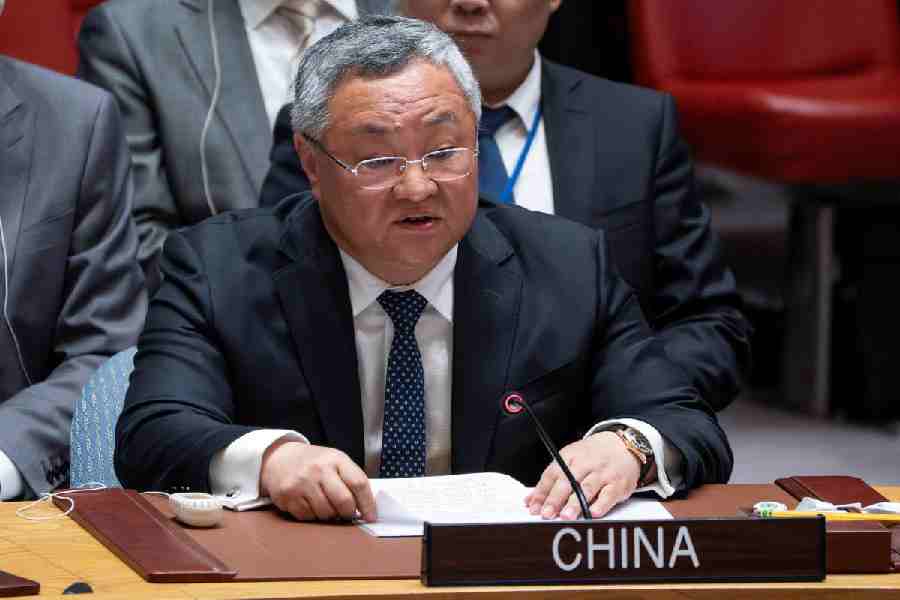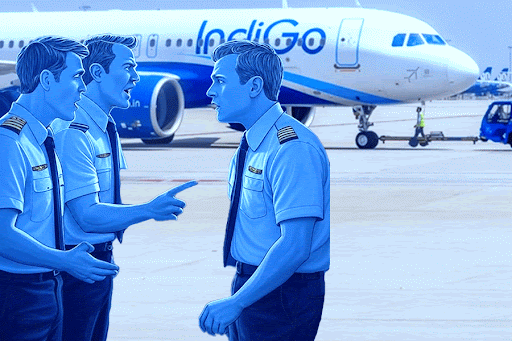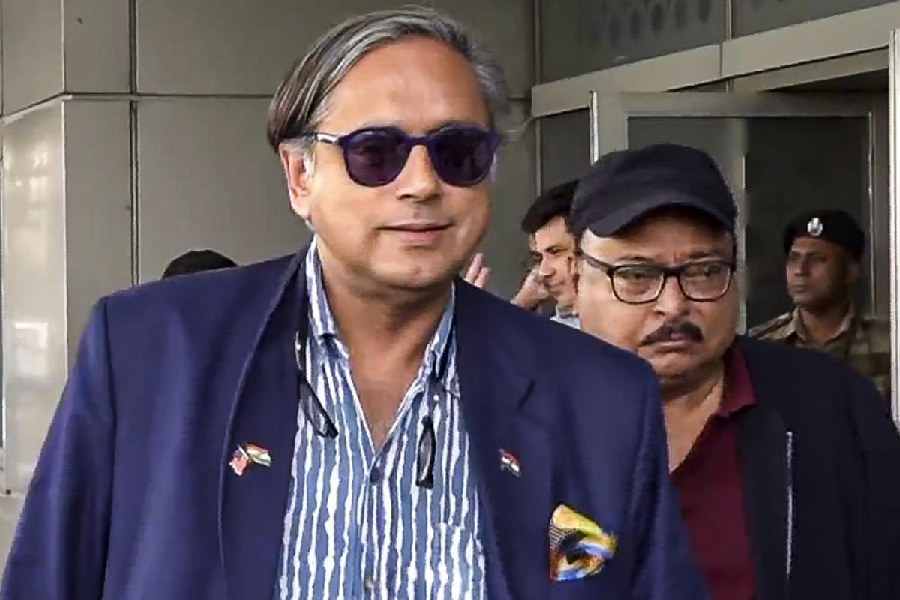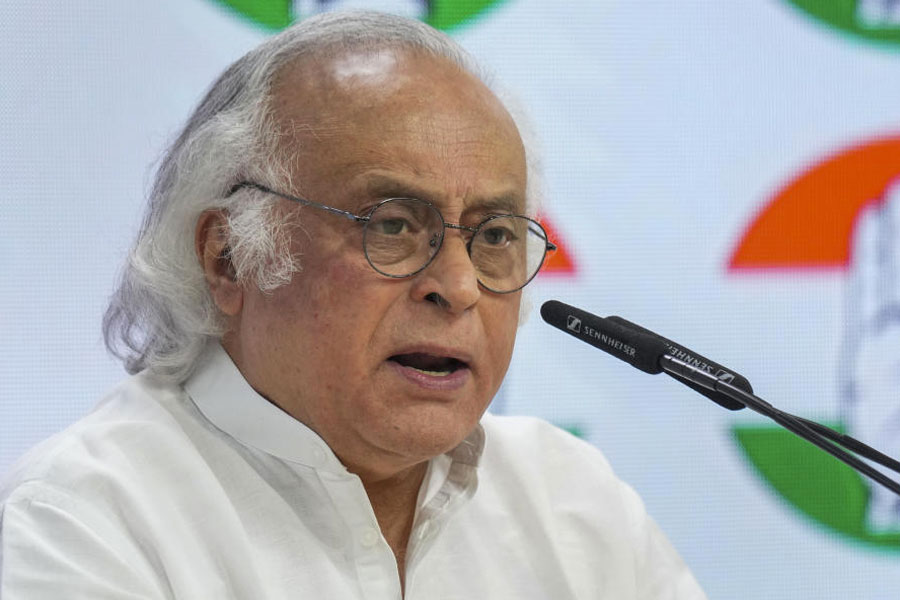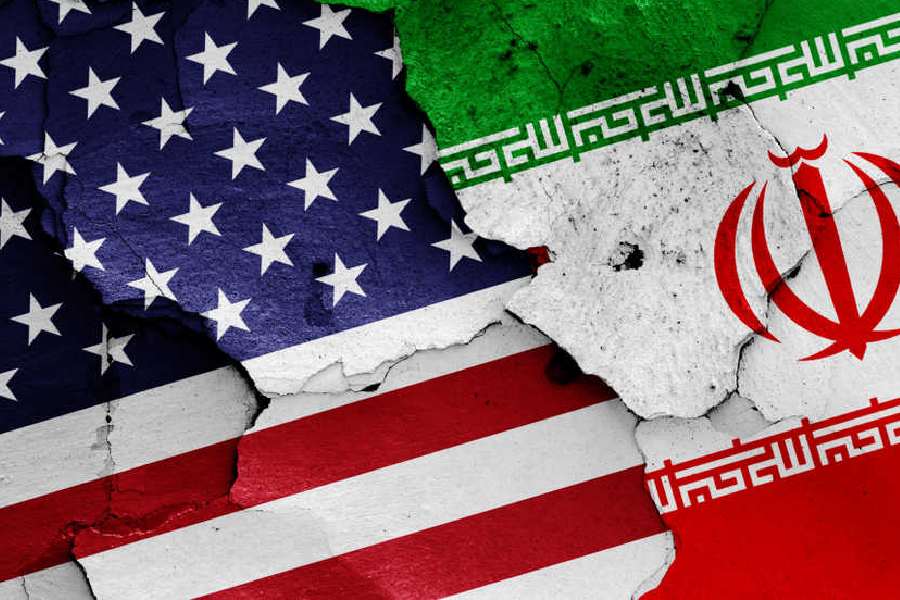 |
 |
 |
 |
 |
 |
| (From top): Moroccan pottery and a lamp from Renu Chenani’s Eastern Treasure Lifestyle; a view of Mocha; restaurateur A.D. Singh with wife Sabina at The Moorish Fable; Rajneesh Malik of Hookah; Dhiraj Arora relaxes at Laidback Waters with its lavish Moroccan interiors |
What’s a fast route to becoming a fashion icon? How about draping yourself in flowing robes and kaftans with motifs borrowed heavily from Casablanca and Marrakesh? While you’re at it, step out and buy some bejewelled hookahs, stained-glass-and-silver lamps and don’t forget to throw in a few flaming orange poufs for good measure.
Yep. Morocco, the newest playground for the world’s rich and famous, is making its influence felt on Indian shores. Bold, electrifying and energetic, the sunny North-African country just eight miles across the Mediterranean from the southernmost tip of Spain, has become the flavour of the season.
And for those who can’t afford to own a bijou villa there or travel that far, an intrepid band of Indian restaurant owners, fashion designers and interior decorators are working overtime to bring Morocco closer home to you. Top designers like Rina Dhaka, J J Valaya and Ranna Gill have all dedicated collections to it.
Where would you like to dine Moroccan-style in Mumbai or Delhi? How about Sheesha, Hookah, Laidback Waters or the Moorish Lounge where floor-level seating is a style statement?
You won’t have to go far if you want to sink into brocade luxurious floor cushions and be enveloped in the swirling smoke of a flavoured hookah or enjoy a belly dance to romantic music as you dig into shawarma rolls, arayas kebabs and other items from the repertoire of succulent, slow-cooked Moroccan dishes. It’s the stuff of a great night out and Morocco-inspired restaurants are busier than ever.
“Morocco is the hot new destination inspiring the globe. Its radically new cuisine, the laid-back attitude that it advocates make it just where you want to be,” says restaurant consultant Manu Mohindra.
What is it about Morocco? More than 60 years ago it gave us the black-and-white classic Casablanca, with Rick’s Bar, Humphrey Bogart and those immortal words ? ‘What’s a nice girl like you doing in a place like this?’
Its magic has certainly bitten India’s most flamboyant businessman Vijay Mallya who’s done up his New Delhi mansion in Moroccan hues while industrialist Priti Paul has made the country her home ? with her Moroccan husband.
Moroccan-inspired restaurants and interiors wove a magic around the US and Europe some years ago as holidaymakers landed on its shores in droves. Today it’s the turn of Indians to take their cues from the country.
Restaurateur A.D. Singh was one of the pioneers who lifted the veil on Morocco two years ago when he opened The Moroccan Room in Mumbai. With silk and bead curtains, Arabesque art on rugs and paintings on easels, guests lost themselves in the mood of The Moroccan Room.
“The concept blew everyone away. It was an entirely new flavour then and I knew I had kick-started something that would become a rage. Today Morocco has quite become the focus and is on a very popular platform,” says Singh, whose The Moroccan Room, has now been rechristened The Moroccan Ice Room.
Having tasted success, Singh couldn’t wait to replay the experience in Delhi at The Olive Bar & Kitchen and recently he converted the terrace of the Mediterranean restaurant into The Moorish Fable that’s running on similar lines.
So what makes Morocco the hot new ‘trend’? Says Singh, “Morocco offers a complete culture ? in its cuisine, fashions and interior d?cor.”
Riaz Amlani, CEO, Mocha, the lounge that offers coffees from some 24 countries went Moroccan when he decided to retrace coffee to its North-African roots. He banished the Italian coffee bar look and settled for the textures and colours of Morocco. That meant rich red, blue and ochre hues, hookahs in a variety of flavours to puff and tasty bites from Morocco.
The runaway success of the first Mocha in Mumbai in 2001 convinced him to set up shop in Goa, Pune and Delhi ? the cities have a Mocha each). Why Morocco? Amlani explains, “Today if one wants to create an exotic atmosphere, you only think of Morocco and the Middle East.”
So it was no surprise that Dhiraj Arora added Moroccan dishes to the Spanish and Lebanese menu at his lounge bar, Shalom. Or that he thought it perfect timing to launch Laidback Waters by Shalom complete with lavish Moroccan interiors. “It’s a novel cuisine quite close to Indian flavours and has gained ready acceptance. At the cusp of the East and West, Morocco is a world apart from Europe but strangely enough very close to an Indian texture and feel,” he says.
So setting the tone in lounge interiors ? and increasingly in home interiors too ? are eye-catching reds, pulsing purples, emerald greens and the metallic sheen of gold and silver. These in-your-face colours are toned down by the subdued tones of cinnamon and sand-hues.
“By balancing the brighter hues with the softer earth tones, it’s possible to create a very lively lounge bar that’s casual yet enticing,” says Singh whose Moorish Lounge and Moroccan Room are prime examples.
The Hookah Bar in the capital’s upper-crust Vasant Vihar has gone a step further and over the weekends, guests can enjoy Raqs Sharqui which is something like a belly dance. The Middle Eastern Lounge and Bar is in deep jewelled tones in green, red and rust, complemented with low seating, creamy walls and diffused lighting.
“What make Morocco and the Middle East-inspired restaurants an immediate hit is that besides cultural similarities, even the cuisine is very similar,” says Rajneesh Malik, the man behind Hookah. The bar draws at least 160 people on weekdays and 320 over weekends.
The menu at Hookah is Moroccan and Lebanese. The kebabs win hands down. “These kebabs are a little different from Indian kebabs. While we go heavy on the spices, these are high on flavour and low on spices,” he says. He adds that the pita bread is an adaptation of our rumali roti and the kebabs are winning fans with sumak onions ? that’s a special Moroccan spice that is generously sprinkled on the onions.
“Moroccan cuisine also has an edge as it is healthier than Indian cuisine. The medium of cooking is olive oil,” adds Mohindra. It may not be giving Mughlai cuisine a run for its kebabs just yet, but it’s sure tantalising an increasing number of palates.
 |
| A model shows off an outfit from Ranna Gill’s Moroccan-inspired line |
Morocco also has given designers much to think about. Gill explains why she devoted her entire collection for Lakm? India Fashion Week 2004 to Morocco, “I had visited Morocco and was smitten. Rabat embroideries and the streets of Fez fired my imagination.” Gill’s line was a melting pot of Moroccan, Egyptian and Mediterranean worlds with the ramp awash with kaftan dresses, poncho blouses, kurtas, blouse dresses and bustle skirts.
Rina Dhaka, like J.J. Valaya, too has been inspired by the country’s printing techniques such as ajrak and heavy embroidery. “Moroccan necklines will always be hot for me and I tend to use them in my kurtas and kurtis,” she says.
If Morocco is touching fashion around the world, it’s also making pigment-painted walls and Arabesque archways (in place of doorways, windowpanes and passageways) a way of life. “Morocco’s love for arches as an architectural element is the preferred (and very hot) shape as far as mirror frames, lampshades and even furniture design go,” says interior designer Renu Chenani, the woman behind Eastern Treasure Lifestyle.
It isn’t only the lounge bars that are major buyers for the lanterns. “The Moroccan look is in for home interiors and elements that create a Moroccan look sell briskly,'' says Chenani. Her exhibitions of Moroccan lamps, kilims, poufs and rugs, have been runaway hits with the lamps selling the best. The lamps crafted in iron, brass or glass, are distinctive in the use of geometric patterns.
Rich kilims (the small, roughly woven rugs of the region) in wool, silk and velvet are being casually strewn on floors and also being hitched up on walls. Moroccan tea tables are also now used as side-tables. Cutwork lamps in brass nickel, iron and coloured glass are replacing focus lights. Moroccan pottery and mosaic tile tables are also big sellers.
Prices are no deterrent it seems. Chenani’s iron lamps sell for Rs 4,000 to Rs 16,000, the brass lamps for Rs 3,000 to Rs 45,000, the pottery is as affordable as Rs 200 to Rs 6,000, the kilim poufs (seaters) cost Rs 8,000 while the leather ones are a little less expensive at Rs 4,000 to Rs 6,000.
“A lot of people are looking to create a Moroccan theme in their homes,” says Punam Kalra, interior designer. “People are experimenting with the colours on the walls or as accents in furniture, furnishings and accessories,” Kalra says.
Are you ready for Arabian rugs, low tea tables and walls painted canary yellow, crimson and bright blue. In other words, a whiff of Morocco?
Photographs by Rupinder Sharma


